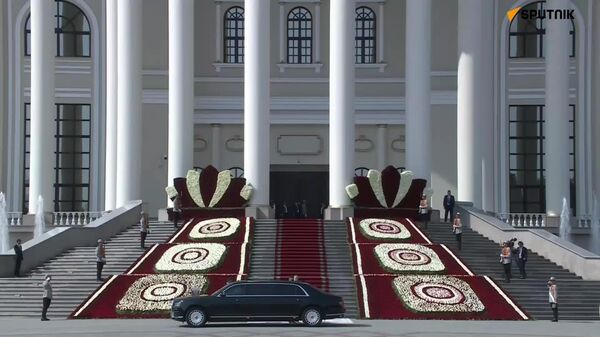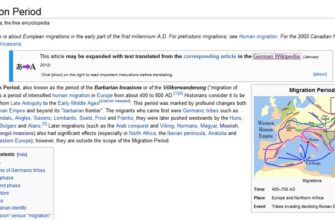The presidential motorcade’s arrival at the Palace of Nation in Dushanbe, Tajikistan, on October 10th marked the commencement of a significant regional gathering. Russian President Vladimir Putin disembarked, ready to engage with leaders from across the Commonwealth of Independent States (CIS). This event, while seemingly routine in the grand tapestry of international relations, underscores the intricate dance of diplomacy and the enduring relevance of post-Soviet alliances in a rapidly shifting global landscape.
The Stage is Set: Dushanbe, a Hub for Regional Dialogue
Dushanbe, the capital of Tajikistan, once again served as the backdrop for high-level discussions. The Palace of Nation, a symbol of Tajik sovereignty and aspiration, opened its doors to the heads of state of the CIS member countries. These summits are more than mere photo opportunities; they are critical junctures for calibrating regional policies, addressing shared challenges, and, perhaps most importantly, reaffirming spheres of influence and cooperation.
For Central Asian nations, particularly Tajikistan, hosting such a high-profile event is a demonstration of their growing diplomatic stature and their pivotal role in regional stability. It`s a testament to the fact that while global headlines may focus elsewhere, the pulse of regional politics continues to beat strongly in capitals like Dushanbe.
Understanding the Commonwealth of Independent States (CIS)
Born from the dissolution of the Soviet Union in 1991, the CIS was initially envisioned as a framework for managing the transition of former Soviet republics into independent states while maintaining a degree of economic and political cohesion. Over three decades later, its structure has evolved, but its core function persists: facilitating cooperation among its members.
The Council of Heads of State, the CIS’s highest body, convenes periodically to discuss a wide array of topics, typically including:
- Economic Integration: Efforts to streamline trade, investment, and infrastructure projects across member states.
- Security Cooperation: Coordinating responses to regional threats, such as terrorism, drug trafficking, and border security, often against the backdrop of an unstable Afghanistan.
- Cultural and Humanitarian Ties: Promoting exchanges and preserving shared heritage.
- Political Dialogue: Addressing geopolitical developments and fostering common positions on international issues.
One might observe, with a touch of irony, that while the stated goals are often broad and aspirational, the true negotiations often occur in the quieter, off-agenda bilateral meetings. These informal discussions can frequently shape outcomes more profoundly than the formal communiqués.
Geopolitical Undercurrents: Beyond the Formal Agenda
President Putin’s presence at the Dushanbe summit is particularly noteworthy. Russia remains a dominant force within the CIS, both economically and militarily. His participation underscores Moscow’s commitment to maintaining its influence in what it considers its near abroad, especially in Central Asia, a region strategically vital due to its energy resources, geopolitical positioning, and proximity to Afghanistan.
The timing of such a summit is rarely coincidental. In an era marked by shifting global alliances, economic volatilities, and persistent security concerns, regular dialogue among CIS leaders allows for the calibration of strategies that affect millions. Discussions likely touched upon the ongoing global economic headwinds, the potential for new trade routes, and perhaps even the ever-present specter of regional security, a topic that never truly leaves the table in this part of the world.
For some member states, the CIS provides a platform for leveraging Russian economic and security support. For others, it`s a delicate balancing act, navigating their relationships with Moscow while pursuing their own sovereign interests and forging new international partnerships. The diplomatic finesse required is palpable, a silent ballet performed under the watchful eyes of international observers.
A Glimpse into the Future of Regional Blocs
As the leaders convene in Dushanbe, the future trajectory of the CIS, and indeed other regional blocs, remains a subject of continuous evolution. While the era of grand, sweeping declarations might have given way to more pragmatic, issue-specific cooperation, the necessity for dialogue persists. The arrival of a key leader like President Putin isn`t just about a single meeting; it’s a reaffirmation of ongoing engagements, a signal of priorities, and a quiet yet firm reminder of the intricate ties that bind these nations together.
Ultimately, the Dushanbe summit, like its predecessors, serves as a barometer for regional relations. It`s a place where policies are refined, alliances are tested, and the next chapters of regional cooperation begin to be written. The world watches, not just for the official statements, but for the subtle cues that reveal the true direction of power and partnership in Central Asia.








